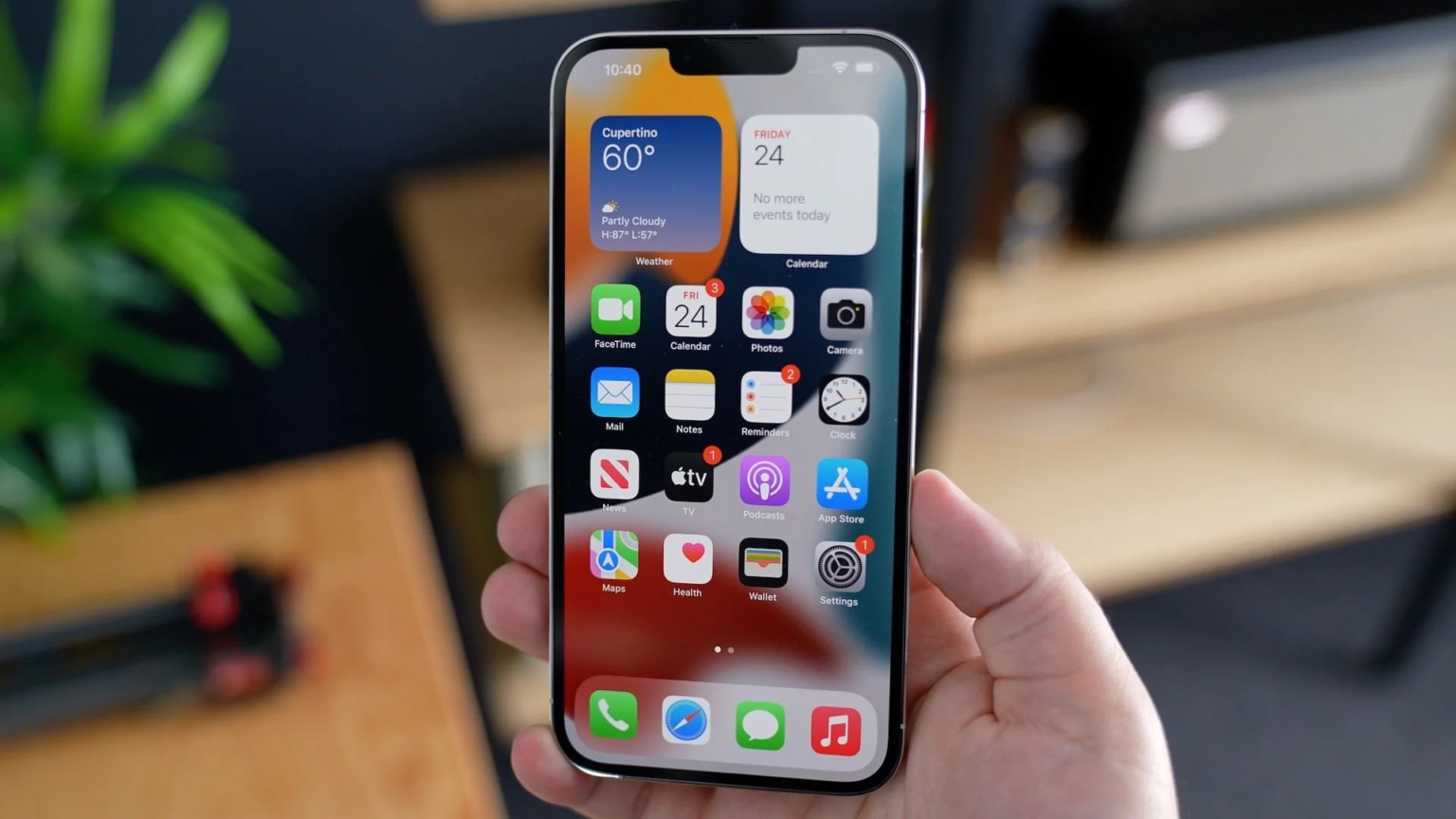Many iPhone 16 Pro owners have complained about the unresponsiveness of their touchscreens where taps and swipes are occasionally dismissed. This problem occurs when scrolling, pressing buttons, or typing on a virtual keyboard on an iOS device. These touch sensitivity issues are irritating users, with the phone often failing to register an input at all.
Please follow us on Facebook and Twitter.
Possible iOS bug
After considering user responses and testing internally, they concluded that the problem may be rooted in software and not the hardware. Still, there are indications that iOS’ accidental touch rejection algorithm might be too high, leading the system to disregard intended touches. This rejection system is being activated unintentionally by the users every time their fingers touch other areas of the screen without meaningful intent.
According to MacRumors, users have observed that the problem is more evident when the finger is close to the Camera Control on the right side of the screen but it is propagating to all directions, left, right, top and bottom. In these instances, the iPhone appears to entirely disregard all the subsequent touches for a short time which means that crucial swipes or taps are not recognized. Khaos Tian provided an example of this behavior in a Mastodon post where he explained how simple accidental touches to the screen edges result in the problem.
Thin bezels may be contributing
The problem might get worse due to the thinner bezels of the iPhone 16 Pro, making it easier for users to accidentally touch the edges of the screen. Only a tiny bit of skin contact is required to set off the rejection algorithm, making the touchscreen ineffective for a brief period. Users could not be aware that this is taking place since the touch may be very subtle.
This problem is especially clear when users hold the phone, but particularly without a case. In the absence of a case, the need to rest fingers on the slim screen borders is likely to accidentally activate the touch rejection system. Although the use of a case can minimize the chances of this occurring, it does not fully remove the issue.
Affected iOS versions
The trouble is found across devices that run both iOS 18 and the iOS 18.1 beta, suggesting that it is a software-related matter. Luckily, the phenomenon does not arise when the device is inactive on its home screen. Instead of the phone being fixed during a locked state, the issue arises when it is unlocked, such as when swiping through apps or accessing home screen pages.
Users and experts are somewhat optimistic, even if it is frustrating, that Apple will resolve the issue shortly through a future update. For the time being, using a phone case can assist in reducing the issue until a fix is implemented. Have you experienced touch responsiveness issues on your iPhone 16 Pro? Please let us know on social media and indicate your OS information.






